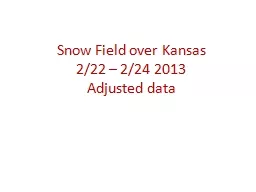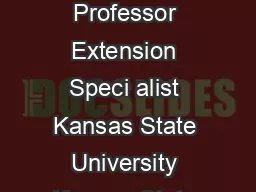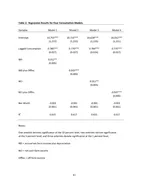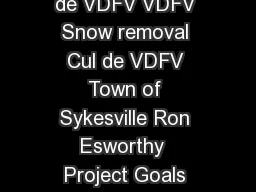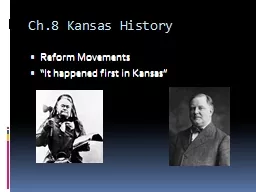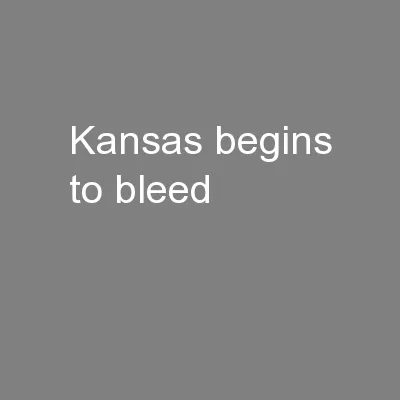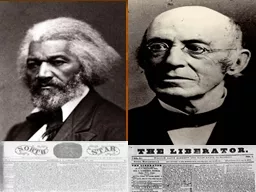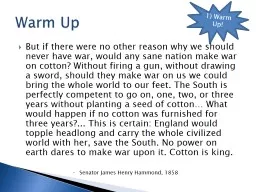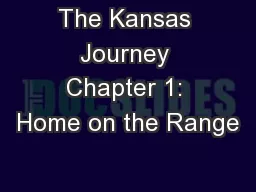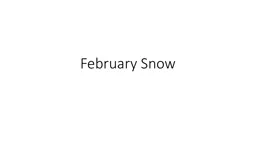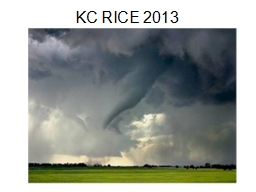PPT-Snow Field over Kansas 2/22 – 2/24 2013
Author : matterguy | Published Date : 2020-06-17
Adjusted data Comparison for DayNight passes on 2222013 Night and Day passes for 222 Cloud Type Mask for 222 Purple Clear any other color cloud The cloud field
Presentation Embed Code
Download Presentation
Download Presentation The PPT/PDF document "Snow Field over Kansas 2/22 – 2/24 201..." is the property of its rightful owner. Permission is granted to download and print the materials on this website for personal, non-commercial use only, and to display it on your personal computer provided you do not modify the materials and that you retain all copyright notices contained in the materials. By downloading content from our website, you accept the terms of this agreement.
Snow Field over Kansas 2/22 – 2/24 2013: Transcript
Download Rules Of Document
"Snow Field over Kansas 2/22 – 2/24 2013"The content belongs to its owner. You may download and print it for personal use, without modification, and keep all copyright notices. By downloading, you agree to these terms.
Related Documents

